How your district can leverage the federal Inflation Reduction Act (IRA) and Infrastructure Investment and Jobs Act (IIJA) for improving facilities and reducing energy costs.
By David M. Newman, PE, CEM,LEED-AP, CEA
Vice President of Engineering
Two broad legislative acts signed into law during the summer of 2022 – the Inflation Reduction Act (IRA) and an extension to the Infrastructure Investment and Jobs Act (IIJA) – provide funding dedicated to increasing the installation of renewable energy technologies and improving the essential facilities and systems that keep our cities, towns, and schools running efficiently.
The challenge for municipalities and school districts is to take advantage of these funds in a way that helps them pay for renewable energy upgrades to their facilities before these funds are unavailable or phased out.
Here are four key topics that municipality and district administrators should consider while exploring how you can take advantage of these new funding opportunities:
- Tax credits and incentives that can help you drive energy efficiency projects and modernize critical building infrastructure
- Grants and rebates that have become available to municipalities
- How these new funding sources differ from other incentives programs
- Benefits of direct reimbursement to tax exempt entities
Energy Efficiency Tax Credits & Incentives
The Inflation Reduction Act (IRA) earmarked nearly $370 billion for clean energy and energy security, representing the largest federal investment in combating the climate crisis in U.S. history. The intent is that these significant incentives will spur energy efficiency as well as the adoption of renewable energy across the nation.
Renewable Energy Production Tax Credits (45 & 45Y)
2.6 cents/kwh (or more) toward renewables such as wind, biomass, solar, geothermal, municipal solid waste, and hydropower.
2.8 cents/kwh (or more) beginning in 2025 for ANY zero emissions technology.
Investment Tax Credit (48 & 48E)
30% or more of the installed cost (including interconnection) of solar, fuel cells, geothermal, small wind energy, waste energy recovery, combined heat and power, heat pumps, energy storage (e.g., batteries), and biogas provided via direct payment to the owner of the system via a tax credit.
2025 through 2032 this credit applies to ANY zero emissions technologies.
Source: Grist, “House passes the Inflation Reduction Act, the ‘most significant’ climate bill in US history”
This is great news for purchasing and deploying renewable energy sources like solar PV or CoGeneration for your municipality or district. Plus, an energy performance contract (EPC) can be used to capitalize and maximize the benefits of these incentives. An EPC is a self-funded project that enables you to upgrade energy-inefficient equipment – paid by the energy savings achieved.
Traditionally tax exempt entities, like municipalities, have not been able to take advantage of tax credits, however, the Production Tax Credit (PTC) and Investment Tax Credit (ITC) are direct pay options eligible for use with municipalities. You can now receive the value of direct payments from the IRS to offset the installation cost of new renewables.
The PTC and ITC offer significant benefits and incentives:
Benefits
Receive direct reimbursements to your tax-exempt entity
Obtain direct buy-down to the actual installation cost of a system
No investor middle person necessary
Incentives
Long-term reimbursement (PTC)
30% (or more) discount on renewable system installation costs (ITC)
Energy Efficiency Grants & Rebates
Alongside the IRA, the Infrastructure Investment and Jobs Act (IIJA) provides comprehensive infrastructure support, including $1.2 trillion in total spending for traditional infrastructure, such as roads and bridges, plus newer initiatives related to clean energy, carbon capture, water infrastructure rehabilitation and broadband internet.
Within the IIJA are earmarked grants and rebates for energy efficiency that offer significant cost reductions for municipalities and school districts.
$250 million in state grant funding for an energy efficiency revolving loan fund capitalization grant program
$80 million in grant funding for energy and health improvements at K-12 public school facilities
$10 million in energy efficient transformer rebates for old building transformer replacements
This combination of grants and rebates can be used for repairs and renovations to HVAC, hot water systems, compressed air, environmental building controls, and lighting power systems. They can also be used to fund energy audits, upgrades and retrofits. Together, they encourage the use of multiple energy conservation measures (ECMs) and innovative energy technology packages (IETPs).
Different from Other Incentive Programs
Unlike other incentive programs, the IIJA provides a fixed grant to each state and once the money has been allocated – it’s gone. So it’s important to conduct your energy savings project assessment early – as grants will be honored on a first come, first served basis.
In addition, the IRS has not yet published its guidelines for how and when tax credits will be paid. This means that municipalities and districts may need to wait and see whether the 30% credit will be paid at the beginning or end of the project period – which requires proper planning with a qualified EPC technical owner representative.
Direct Reimbursement Benefits
When your municipality or district obtains its credits and rebates, there are a number of ways that you can take advantage of the the cashflow they offer, including early loan paydown for capital improvements paid through energy savings – reducing a typical 18 year loan by as much as four years, putting the cash toward a Phase II energy savings or capital improvement project, or simply adding money to the general fund for other important uses.
How Energia Makes Your Energy Savings Project a Success
It is important to work with an experienced group that acts as your advocate and guide when assessing energy savings projects and obtaining the greatest available benefits from these new funding options. Energia leads the country in driving successful municipal and school district energy-savings projects. Our team of highly qualified engineers has years of experience, managing energy saving projects that save money. We partner with municipalities and school districts to uncover energy cost savings that can be used to upgrade and modernize facilities.
Contact Energia to get started on your Preliminary Energy Assessment.
Also of Interest
Three Strategies for Improving School Building Comfort this Winter
Ossining School District’s Energy Performance Contract is a GO!

